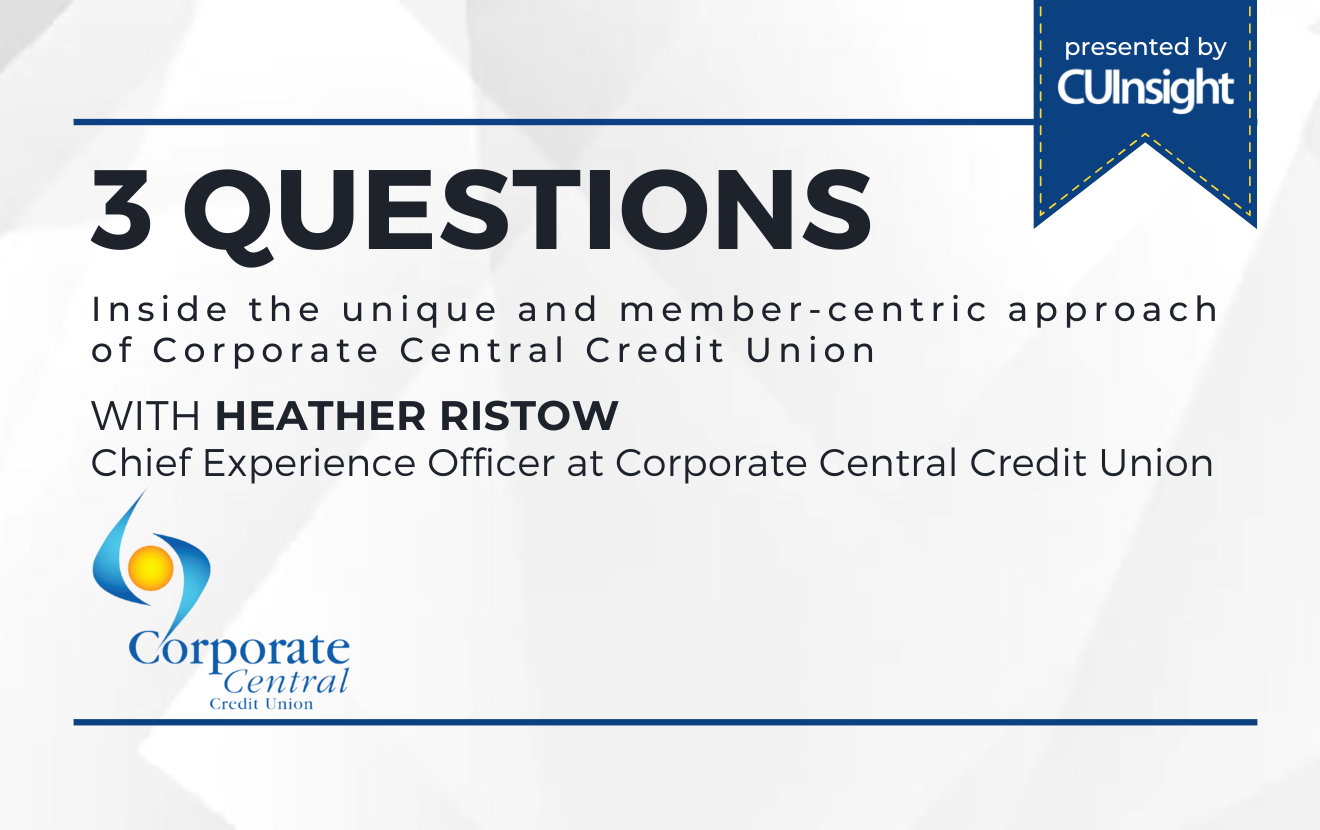Picture this, a manager quits for a better opportunity, and you feel like there is not an internal candidate to take their place. You posted the position on several sites hoping to get resumes from qualified applicants. A few weeks have passed since you have gotten an impressive resume, and you feel the pressure of having a vacant position. But voila, out of nowhere, you receive a resume of a qualified candidate. You conduct a telephone interview right away.
Feeling confident about this candidate, you schedule a face-to-face interview. You and the department manager conduct the interview using the same questions and process you have used for several years now. You explain the expectations and accountability standards in which the potential employee is eager and willing to comply. In your mind, you think this is the one for the job because the candidate has the experience, skills, and great attitude. You consult with the department manager, and both of you agree to make an offer. The potential candidate accepts. You think, whew, that is one task checked off the list. Fast forward a couple of months after the candidate aced the interview, did well during training, and is now in the position. You notice some changes in behavior in the new employee and hear different things from other employees about the new employee, so you decide to do your new hire follow-up a little earlier than the expected timeframe to ask how things are going.
The new employee likes the job and compensation but lets you know they feel like something is missing. The employee gets along with peers, but they feel like things are different from what the interviewer told them concerning expectations and accountability. The employee feels like there is no cohesiveness within the organization concerning overall strategic direction and goals, making it challenging to lead the team and develop strategies to help the organization reach its goals. The employee tells you that in previous roles, they are used to understanding the values and vision of the organization, which helps when leading a team, so being in this position now makes the employee feel out of place and like they are not a great fit for the organization. Now you are nervous because the time, money, and energy spent hiring the new employee could be wasted if the employee decides to leave. Your wheels begin to turn, and you ask yourself what we could have done differently.
Often, managers are in such a frenzy, which results in tunnel vision, to hurriedly fill employment gaps with employees who meet the knowledge and skills requirements. You may wonder why having a “qualified” employee is a problem. Well, tunnel vision not only causes managers to sometimes fill positions too quickly, but they often forget to intentionally fill positions with employees who will maintain or strengthen the organization’s desired culture.
But why does culture matter in the hiring process? Culture holds the organization together, so when employees do not fit the culture, turnover increases which causes more problems. The Society for Human Resource Management (SHRM) reported that turnover due to culture costs organizations nearly $223 billion over the past five years. Without incorporating culture in the hiring process, you commit to a vicious cycle of turnover that continues to repeat itself, often costing the best employees who leave to work elsewhere.
Culture is the organization’s core value and identity created through consistent behaviors and attitudes and is manifested everywhere within the organization. Before incorporating culture into the hiring process, there are a couple of things leaders must understand. First, leaders must understand their own culture but recognize that culture is a multidimensional and dynamic phenomenon viewed as a continuous learning and development process. Culture can and will change, so leaders will have to recognize the changes and adjust when they happen. Leaders must also understand that being culturally fit does not mean everyone looks the same, have the same background, or even share the same interests or personality traits as you. Culturally fit means having employees who share the company values, have the right skills and experiences, challenge your thinking and bring about new ideas and direction.
So, once leaders understand their culture, how can they incorporate culture into the hiring process?
Revamp job descriptions.Ensure job descriptions include your mission and vision statements and information about the company culture and values. The desired qualifications and job duties should also be listed but reflect values such as diversity, sales, collaboration, teamwork, etc., that are important to the organization throughout the job description. Leaders should reevaluate job descriptions often to ensure the description fits the current culture.
Ask the right questions. Instead of focusing solely on technical skills in the job interview, ask questions that assess culture fit, such as:
- Describe your ideal workplace culture. In what culture would you thrive?
- Thinking about your previous workplace, how well do you believe you fit in with their culture? Give specific examples
- Describe when you worked for an organization where you felt you were not a strong culture fit. Why was it a bad fit?
- How would you describe the culture of this organization? Does this culture work for you?
- Describe the management style that will bring forth your best work?
Measure fit.Instead of using only your intuition to make hiring decisions, use standardized assessments to measure and rate fit and make sure to have every candidate go through the same process. Standardized assessments are more objective and reduce bias. Remember that culture is dynamic and evolves as individuals navigate their beliefs, values, and ideals, so assessments should also evolve.
Focus less on skills.Although skills are crucial to achieving goals, finding a candidate that fits the culture slightly overrules because skills can be taught through training, unlike shifting a candidate’s value system to fit the organization.
Hiring for the culture benefits the organization and the candidate. Someone who is culturally fit aligns with the values, approach to work, leadership, and communication of the organization, which is a win-win for the organization and candidate. Incorporating culture during the hiring process is an actionable step for leaders to improve their retention rate and decrease turnover. These steps cannot be just words in a policy but must be put into action and updated as the culture of the organization changes. There may be times when “time” is not on your side because a vacant position needs to be filled but not making time during the hiring process will cost you in the end.







